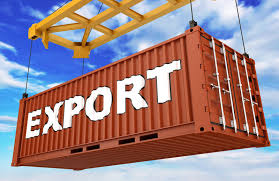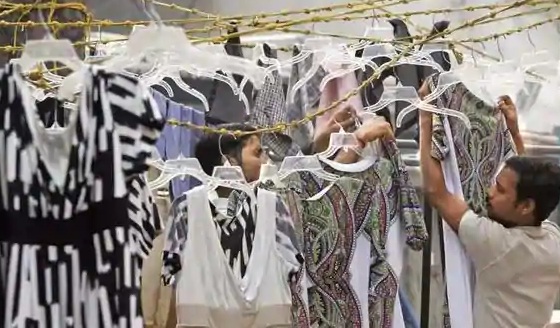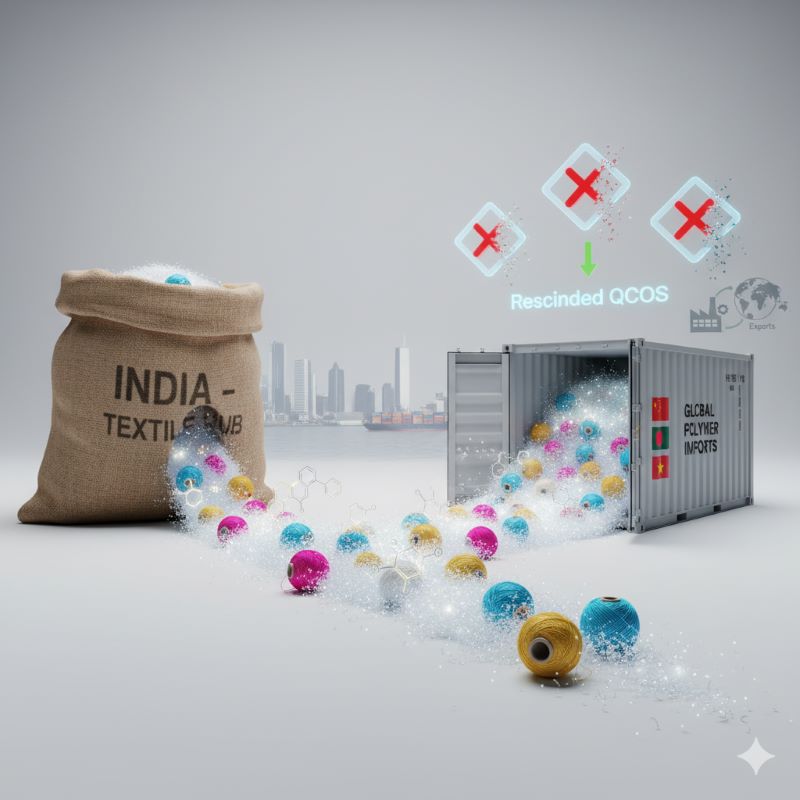 With dwindling number of large retailers in the US, domestic textile and apparel firms heavily dependent on contracts from discount stores, Narendra Modi -led government’s push for a self-reliant India has further complicated problems for small and mid-sized exporters as they now have to certify the origin of imported inputs. Though these rules aim to prevent Chinese goods from being routed in via Asean countries, they could cause sourcing problem for Indian companies. The government’s focus on import substitution and its FTA re-strategization could result in many labor-intensive export firms being liquidated this year.
With dwindling number of large retailers in the US, domestic textile and apparel firms heavily dependent on contracts from discount stores, Narendra Modi -led government’s push for a self-reliant India has further complicated problems for small and mid-sized exporters as they now have to certify the origin of imported inputs. Though these rules aim to prevent Chinese goods from being routed in via Asean countries, they could cause sourcing problem for Indian companies. The government’s focus on import substitution and its FTA re-strategization could result in many labor-intensive export firms being liquidated this year.
Acute need for non-farm jobs needed
In the last five years, India’s leather exports have declined to $4.8 billion, textiles and garments exports have declined to $32.3 billion while gems and jewelry exports have fallen to $35.8 billion. These trends were mostly seen in July when gems and jewelry exports declined by 50 per cent year-on-year and leather and man-made yarn by about a quarter.
Sebastian Morris, Professor-Economics, IIM-Ahmedabad, India opines, India fails to protect its labor-intensive industries To arrest the growth of under- employed labor in the country, the country needs to create jobs at a record pace, says a new McKinsey & Co report. According to his report, India needs to create around 140 million non-farm jobs by 2030.
employed labor in the country, the country needs to create jobs at a record pace, says a new McKinsey & Co report. According to his report, India needs to create around 140 million non-farm jobs by 2030.
Focus on exports
The return of US buyers lost to Chinese manufacturers augers well for Indian suppliers though high raw material costs puts them at a disadvantage against larger factories. Tirupur garment exporters are not sure of surviving without imports as they already face delays in routine reimbursements from New Delhi to compensate for fuel taxes and other central and state government levies.
Even though the government acknowledges the need to increase India’s exports, it is confident of micromanaging industrial development. On August 26, the Centre released a report assessing the export preparedness of different states. It highlights the government’s aim to increase electronic exports over the next five years as smartphone giants and component makers are likely to shift about a tenth of global production to India,
Capital-crunch increases risk of decline
Often, labor-intensive exporters in India are overlooked by Indian government as decisions are made on the merits of a free trade agreement with the European Union. An FTA with the EU would help garment exporters compete against Bangladesh. The government should also reflect on why apparel business is going to other countries, says Sunit Jain, Ratan Textiles. Morris attributes this to the squeezing of India’s smaller exporters between China and Asia’s new export-led economies.
Indian exporters have to perennially struggle with ever-changing government regulations, inflation and an overvalued rupee as well as severe competition from Vietnam and Bangladesh. They have very little money to upgrade their business which increases their risk of decline over the next few years, says Morris.












